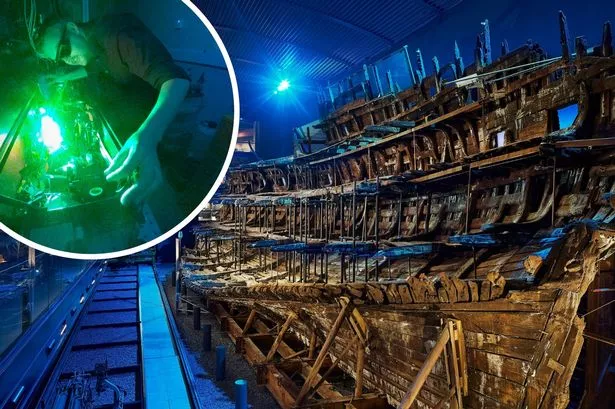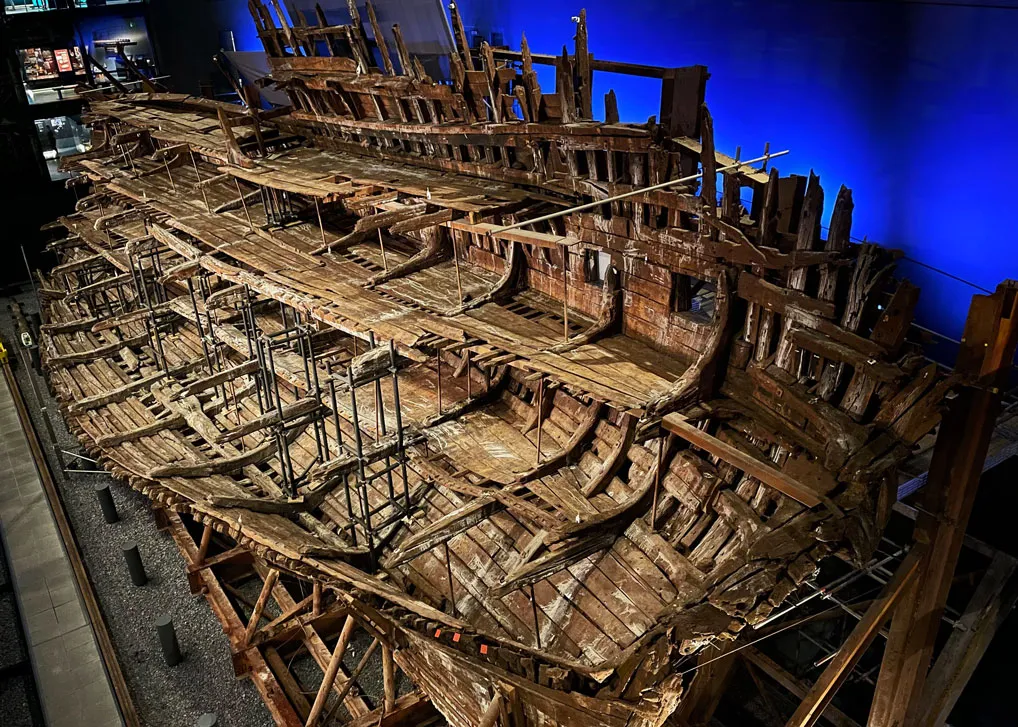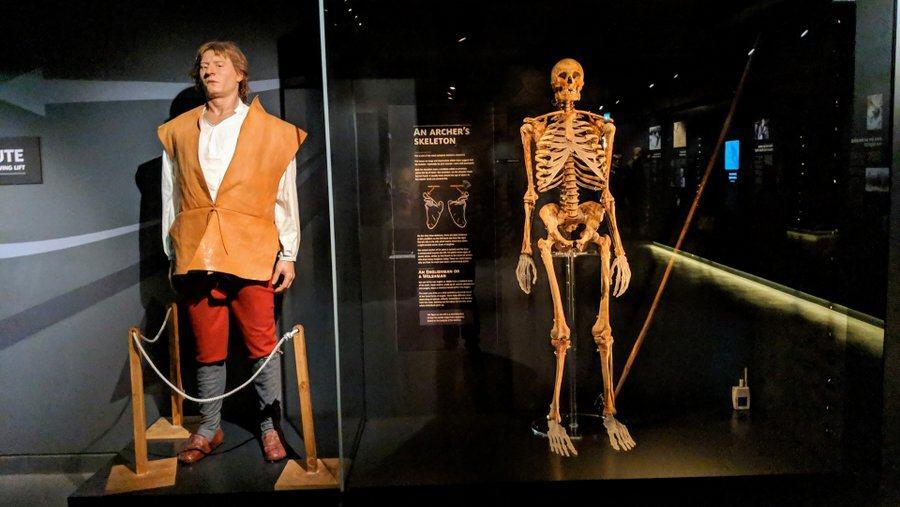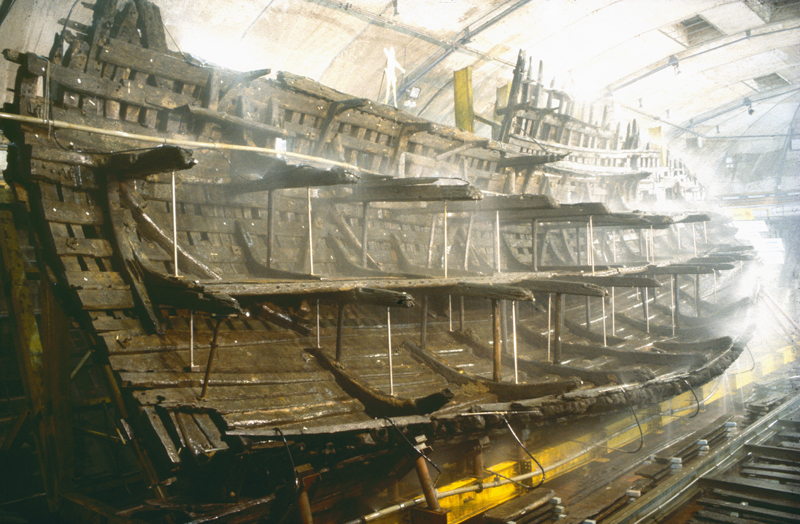Deep beneath the cold waters of the English Channel, a team of divers uncovered a time capsule that would rewrite part of England’s military history. Resting on the seabed was the wreck of the Mary Rose, King Henry VIII’s prized warship, lost in battle in 1545. For centuries, it lay hidden under layers of sediment, untouched by time.
But when the divers reached the hull, they found more than just timbers and bronze cannons. They uncovered a trove of long-lost weaponry items that would stun archaeologists, historians, and military experts alike. Among the most incredible finds were 137 longbows and more than 3,500 arrows, preserved so perfectly they seemed ready for battle.

The Longbow: England’s Medieval Superweapon
Before firearms ruled the battlefield, the longbow was England’s most feared weapon. Used with devastating efficiency during the Hundred Years’ War, longbowmen could unleash volleys of arrows that broke cavalry charges and overwhelmed enemy forces.
Until the discovery of the Mary Rose, only five medieval longbows had ever been recovered. Most had decayed into fragments or been lost entirely to time. That made the Mary Rose find all the more extraordinary. These 137 bows weren’t replicas or ceremonial pieces they were actual weapons used by trained archers aboard the ship.

What shocked experts even more was their size and strength. Some of the longbows measured over 6.5 feet in length. Their draw weights ranged up to 185 pounds, which would require immense upper-body strength and years of training to master. These were not weapons for the ordinary soldier. They were tools of war for the most elite archers of Henry VIII’s navy.
Video: Mystery of the Great Mary Rose : Documentary on the Mysterious Sinking of the Mary Rose
Inside the Warship: A Warrior’s Remains
As archaeologists dug deeper into the ship’s remains, the story became even more personal. Buried within the wreck was the twisted spine of an archer, believed to be of North African descent. His bones revealed the toll of a life spent training with powerful bows curved vertebrae, thickened arm bones, and joints worn by repetition.
Next to his remains lay a royal wristguard, an elite piece of equipment that signaled his rank as one of the king’s personal longbowmen. It is rare enough to find preserved weapons, but to find the archer himself, still in position centuries later, brought a haunting sense of realism to the discovery. He was more than a soldier he was a human being, shaped physically and culturally by the demands of royal warfare.

Why This Discovery Changed History
The recovery of the Mary Rose’s weaponry challenged many assumptions about England’s military past. Historians had long debated the extent to which the longbow remained in use by the mid-1500s. Some believed the weapon had already become outdated with the rise of gunpowder. But this shipwreck told a different story.
The sheer number of bows and arrows, along with the physical evidence of archer training, proved that longbows still played a central role in English naval warfare even into the Tudor period. It also suggested that Henry VIII had invested heavily in preserving the longbow traditionpossibly as a symbol of English military identity.
Video:
Archaeologists Explore Incredibly Preserved Ancient Shipwrecks
Moreover, the find introduced new diversity into the historical narrative. The presence of a North African archer aboard an English warship illustrated that Tudor England’s military ranks were more culturally complex than previously imagined.
Preservation and Legacy
The Mary Rose’s artifacts are now housed in the Mary Rose Museum in Portsmouth, where visitors can see the longbows, arrows, and personal belongings of the crew. Special chambers maintain the conditions needed to preserve the ancient wood and fibers, ensuring future generations can witness this extraordinary moment in history.
The wreck continues to be studied, revealing new details each year. Scientists and historians work together to analyze the tools, remains, and ship’s structure, using modern technology to extract even more secrets from the past.

Conclusion: Echoes of England’s Silent Army
The Mary Rose was not just a sunken ship it was a floating fortress, carrying not just cannons and sailors, but a formidable longbow corps ready for war. The discovery of its weaponry and crew changed our understanding of Tudor military power and reminded us that beneath the waves, history can sleep for centuries, waiting to be retold.
In the silence of the seabed, a forgotten army was found. And with it, the longbow rose once more.


